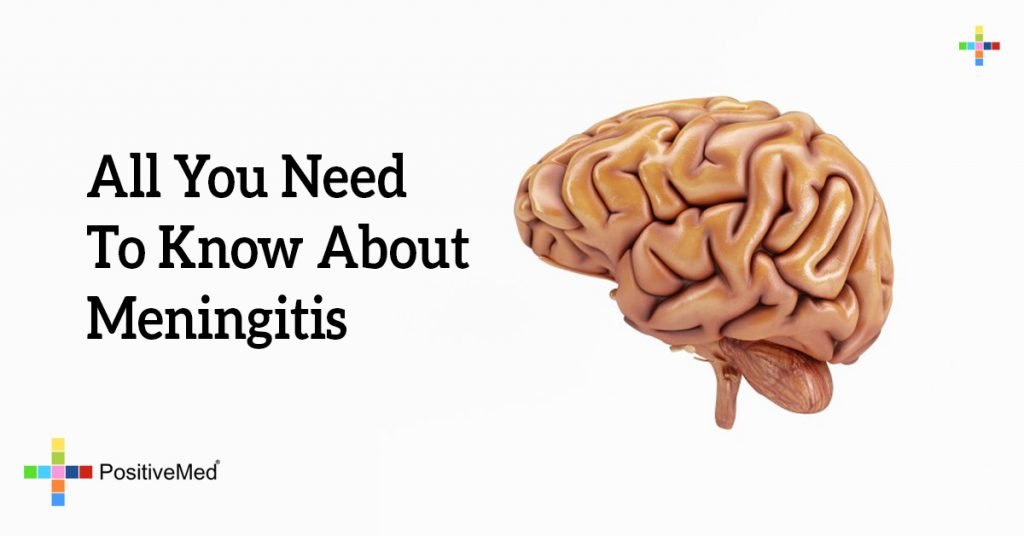
Be Aware Of This Very Dangerous & Deadly Disease (Meningitis)
Meningitis is a bacterial infection of the membranes covering the brain and spinal cord (meninges). The first symptoms are usually fever, vomiting, headache, and feeling unwell. Limb pain, pale skin, and cold hands and feet often appear earlier than the rash with neck stiffness, dislike of bright lights, and confusion. Meningitis is contagious. The germs that cause it can be passed from one person to another through coughing and sneezing and through close contact. Septicaemia is blood poisoning caused by the same germs and is the more life-threatening form of the disease. Septicaemia can occur with or without meningitis.
The most common causes of meningitis are viral infections that usually get better without treatment, however bacterial meningitis infections are extremely serious, and may result in death or brain damage, even if treated.

Meningitis may also be caused by:
Chemical irritation
Drug allergies
Fungi
Parasites
Tumors
Most viral meningitis is due to enteroviruses, which are viruses that also can cause intestinal illness.
Many other types of viruses can cause meningitis.
Viral meningitis can be caused by herpes viruses, the same virus that can cause cold sores and genital herpes, people with cold sores or genital herpes, however, are not at a greater risk of developing herpes meningitis.
Viruses that cause mumps and HIV can cause aseptic meningitis.
More recently, West Nile virus, spread by mosquito bites, has become a cause of viral meningitis in most of the United States.
Viral meningitis occurs more often than bacterial meningitis, and is milder. It usually occurs in late summer and early fall and most often affects children and adults under the age of 30. Bacterial meningitis is an emergency, you need immediate treatment in a hospital.

Symptoms usually come on quickly and may include:
Fever and chills
Mental status changes
Nausea and vomiting
Sensitivity to light (photophobia)
Severe headache
Stiff neck (meningismus)
Other symptoms that can occur with this disease:
Agitation
Bulging fontanelles in babies
Decreased alertness
Poor feeding or irritability in children
Rapid breathing
Unusual posture, with the head and neck arched backwards
Meningitis is an important cause of fever in children and newborns.
You cannot tell if you have bacterial or viral meningitis by how you feel, your healthcare provider must perform diagnostic tests. Seek prompt attention if you have symptoms of meningitis. If they think you have meningitis, a lumbar puncture (spinal tap) may be done to remove a sample of spinal fluid (cerebrospinal fluid, or CSF) for testing.
Bacterial meningitis is treated with antibiotics in a hospital. You may also get dexamethasone, a type of steroid medicine, and you will be observed carefully to prevent serious problems such as hearing loss, seizures, and brain damage. Viral meningitis is more common, and most people with this form of the illness get better in about 2 weeks. With mild cases, you may only need home treatment. Home treatment includes taking medicine for fever and pain, and drinking enough fluids to stay hydrated.





